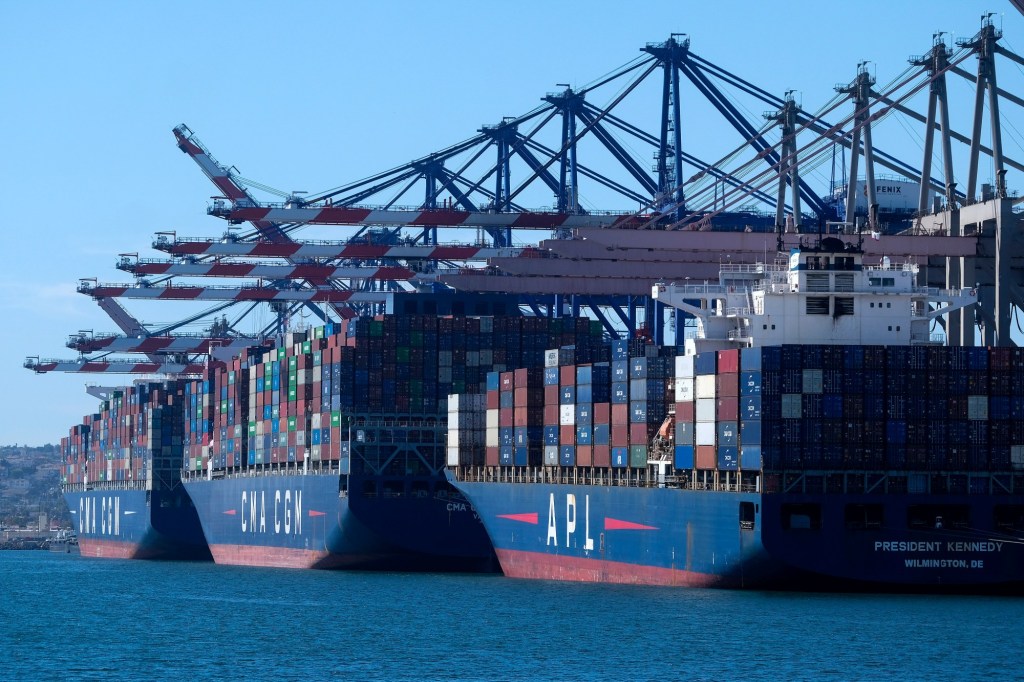
California’s global leadership on environmental policy is something to be proud of—but only when those policies work. Unfortunately, one growing regulatory approach aimed at the state’s supply chain—warehouse Indirect Source Rules, or ISRs—is failing on every front. The indirect source rule is a regulation that targets emissions from facilities or projects—like warehouses or ports—not by controlling the sources themselves, but by regulating the emissions generated by the traffic or activities they attract.
ISR regulations were imposed on operators of Southern California warehouses and logistics facilities five years ago to reduce emissions from trucks – despite having no control over engine technology or which trucks visit the warehouses.
Despite its lofty goals, these regulations are failing to improve air quality, protect jobs, and recognize the real-world complexity of goods movement in the 21st century.
This week, the Supply Chain Federation released a study conducted by Ramboll, a respected global environmental research firm. It provides the first data-driven analysis of the South Coast Air Quality Management District’s (SCAQMD) warehouse ISR, known as the Warehouse Actions and Investments to Reduce Emissions (WAIRE) program. What the findings show should concern every Californian, whether you work in logistics, run a small business, or just want your packages delivered on time without higher costs.
WAIRE has failed to produce meaningful emissions reductions. According to both Ramboll and the U.S. EPA, most of the emissions improvements cited under the program are the result of existing state laws and technological advancements, not the ISR regulation. What WAIRE has succeeded in doing, however, is driving up costs for warehousing and goods movement by three to nine times higher than originally estimated.
These added costs don’t just hit large companies; they disproportionately hurt small and mid-sized operators, the very businesses that form the backbone of California’s economy. And while large corporations might be able to shift operations elsewhere, many local businesses don’t have that option. The result? Job losses, higher consumer prices, and emissions leakage as goods movement relocates to states with fewer regulations but higher pollution levels.
This is a classic case of regulatory overreach with no return, and now the SCAQMD and California Air Resources Board (CARB) may seek to expand, and scale it statewide.
Just like the failed WAIRE program, a statewide ISR adds more bureaucracy without a clear emissions benefit. As the leaders of the Ports of Los Angeles and Long Beach recently wrote in these pages, a better path exists, one based on partnership, incentives, and accountability. The ports have already cut nitrogen oxide emissions by 72%, and diesel particulate matter by 91% since 2006. That’s progress backed by results, not press releases or political talking points.
At a recent SCAQMD hearing, nearly 90 speakers from labor, industry, and local communities spoke out in support of a new, cooperative agreement proposed by the Ports of Los Angeles and Long Beach. This alternative proposal offers enforceable commitments, includes real milestones, and investment into clean equipment, infrastructure, and workforce training—all while preserving local control and operational flexibility.
Let’s be clear: the issue isn’t whether we should continue improving air quality. We absolutely must and owners of logistics facilities are already heavily investing in these outcomes via renewable energy and electric charging infrastructure. The issue is how we get there, and whether the path we choose delivers real outcomes or just creates more red tape. The WAIRE rule and any ISR modeled after it do not pass that test.
That’s why the Supply Chain Federation has launched a National ISR Coalition to convene environmental experts, industry leaders, and public policy professionals committed to advancing effective, evidence-based clean air strategies. We’re not here to oppose progress, we’re here to help shape it.
We support smart environmental stewardship. But it must be rooted in data, driven by collaboration, and focused on solutions that actually work. If California continues down the path of expanding failed regulatory models like the warehouse ISR, we won’t just damage our supply chain, we’ll jeopardize our economic competitiveness and miss a major opportunity to lead the nation in results-driven climate innovation.
It’s time for Sacramento and regional regulators to take a step back and ask a simple question: Are these policies making a difference, or just making headlines?
Let’s build on what works. Let’s reject what doesn’t. And let’s make sure California’s environmental leadership remains something to be proud of, not something that drives our jobs, businesses, and credibility out of state.
Timothy Jemal is CEO of the Supply Chain Federation.



